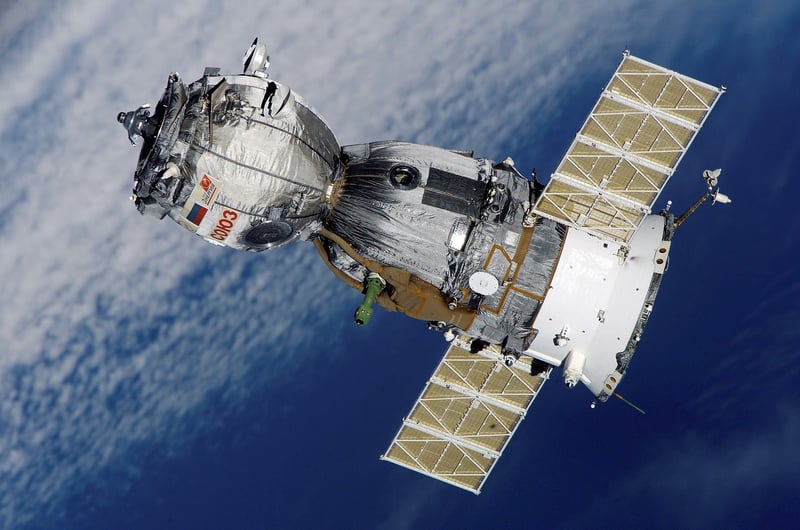FTL Propulsion Theories
The Future of Space Travel: Faster-Than-Light Propulsion Theories
Exploring the vastness of space has always captivated human imagination. While current space travel methods rely on conventional propulsion systems that limit our speed to below the speed of light, scientists and researchers have been theorizing about faster-than-light (FTL) propulsion methods that could revolutionize interstellar travel.
Warp Drive
One of the most popular FTL propulsion theories is the concept of warp drive. Inspired by science fiction, warp drive involves manipulating spacetime to create a warp bubble that allows a spacecraft to travel faster than the speed of light. While still theoretical, some scientists believe that by contracting spacetime in front of the spacecraft and expanding it behind, it might be possible to achieve warp speed.

Wormholes
Another intriguing idea for FTL travel is using wormholes – shortcuts through spacetime that could connect distant points in the universe. By harnessing the exotic properties of wormholes, spacecraft could potentially traverse vast distances almost instantaneously. However, the stability and navigability of wormholes remain major challenges for this concept.

Alcubierre Drive
The Alcubierre drive is a theoretical warp drive concept that involves contracting spacetime in front of a spacecraft and expanding it behind, similar to warp drive. This distortion of spacetime would allow a spacecraft to "surf" on a wave of spacetime, effectively bypassing the light speed barrier. While still a theoretical concept, the Alcubierre drive has sparked considerable interest in the scientific community.

Challenges and Possibilities
While FTL propulsion theories offer exciting possibilities for the future of space travel, they also pose significant challenges. The energy requirements, exotic matter, and potential paradoxes associated with FTL travel raise questions about the feasibility of such technology. However, ongoing research and advancements in theoretical physics continue to push the boundaries of our understanding of the universe.
As we look to the stars and dream of exploring distant galaxies, the concept of faster-than-light travel remains a beacon of hope for humanity's journey into the cosmos.
For more information on space exploration and FTL propulsion theories, you can visit NASA's official website.
